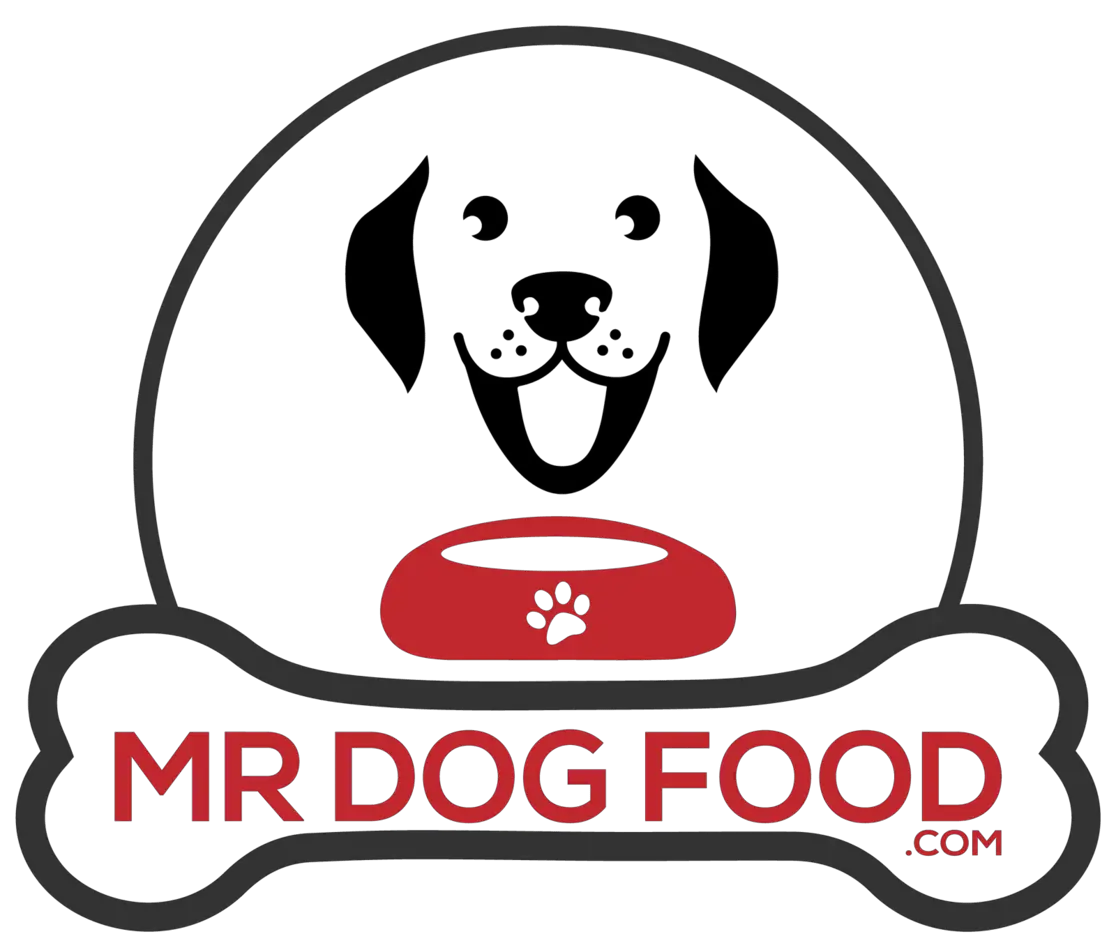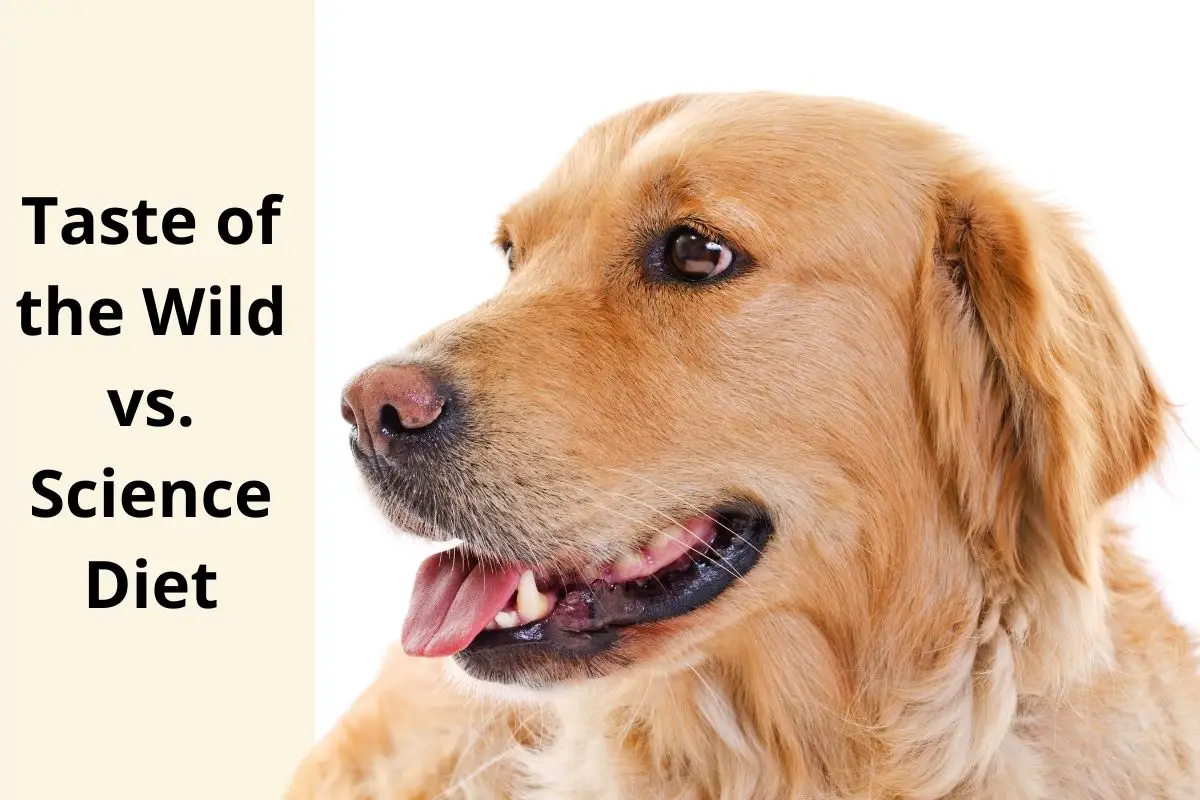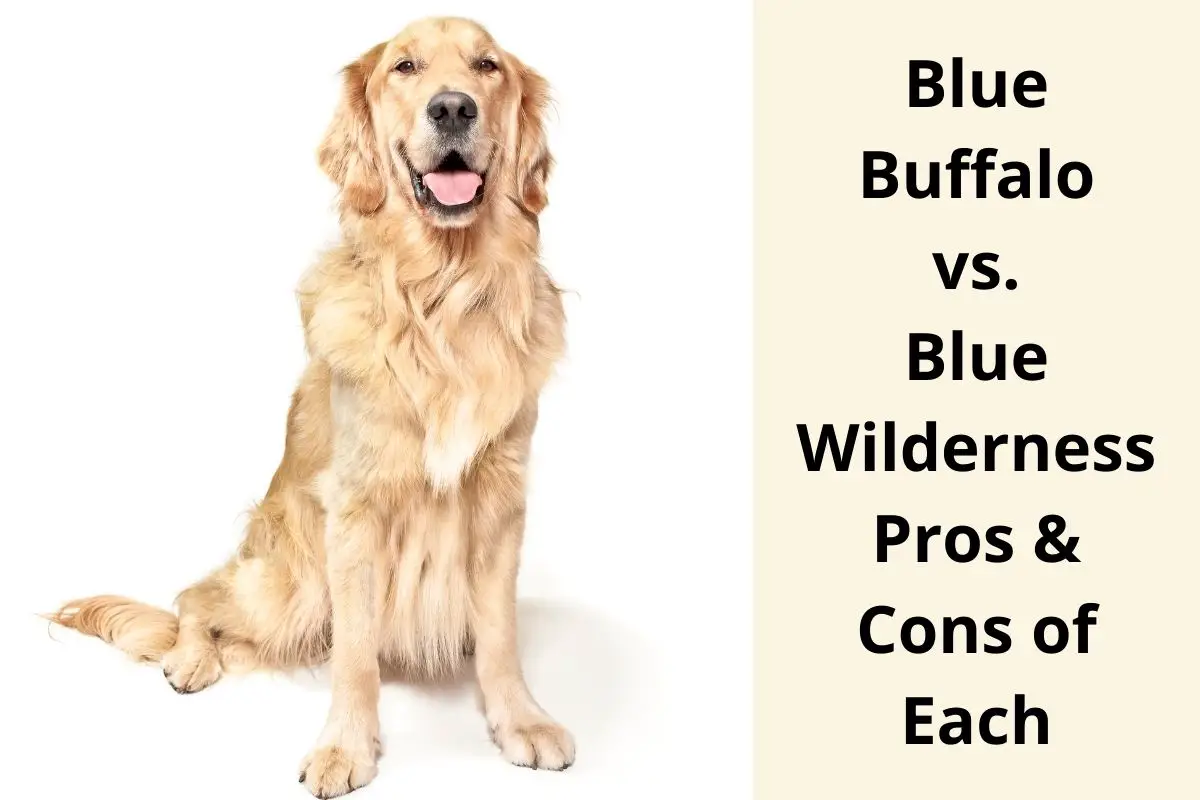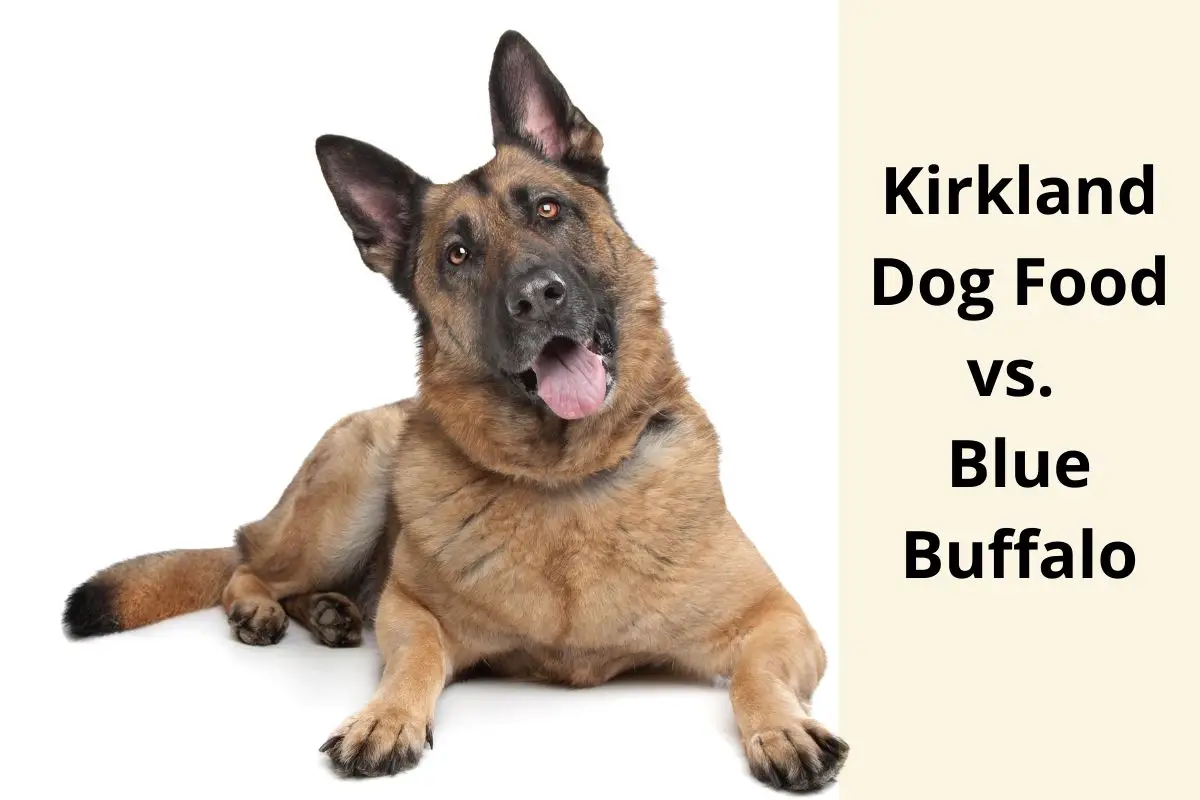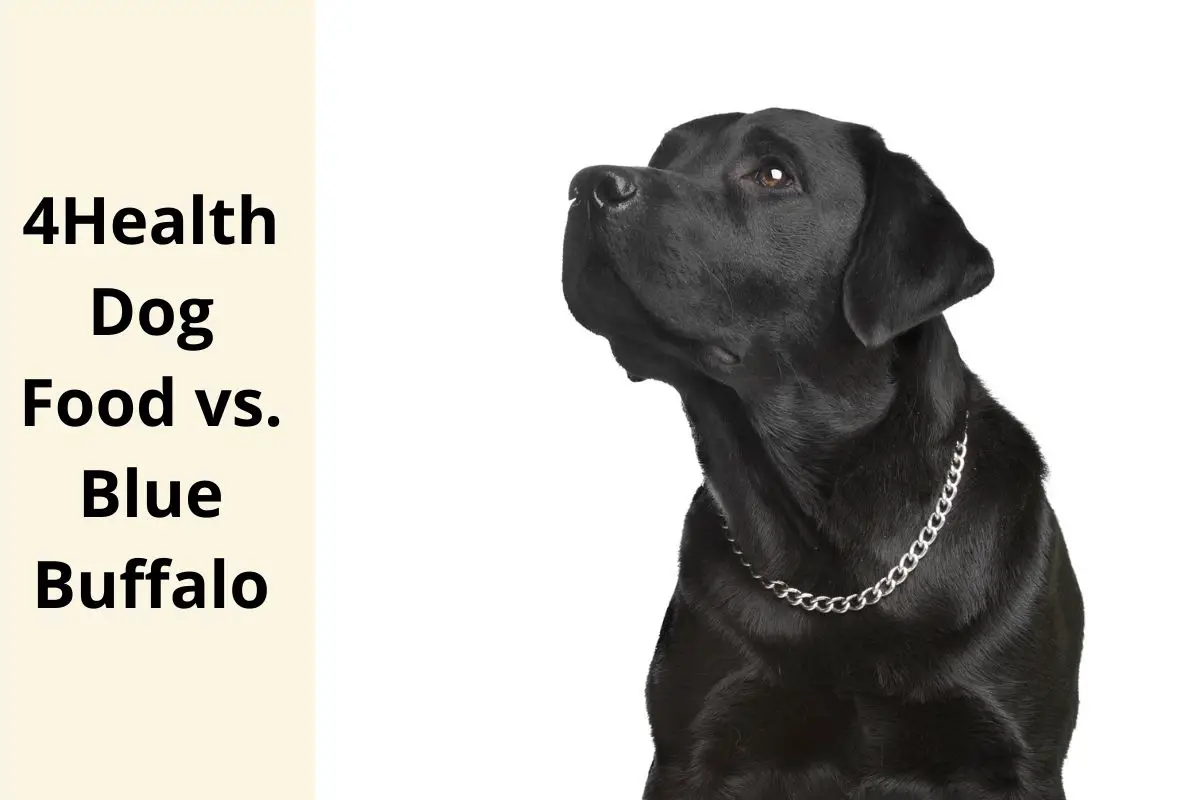This post contains affiliate links.
Finding the right type of food for your tail-wagging friend is probably your top priority as a dog owner. To ensure that they’ll be happy and in good shape, with shiny coats and bright smiles, you need to provide them with top-notch nutrition. Finding food that’s yummy and nutritious can have its challenges, but here, we’ll try to give you some guidance by comparing Taste of the Wild and Science Diet to let you see which is best for your canine.
Taste of the Wild is better when it comes to pricing and nutrition. On average, Taste of the Wild is cheaper while providing more protein, fat, and fiber. The main pro of Science Diet is that it offers more recipes and also produces dog treats, which are unavailable at Taste of the Wild.
In this article, we’ll take a close look at these two brands and see how they compare. We’ll look into the recipes and their nutritional content to see how the ingredients and nutritional value compare. This will allow you to see which choice is the right one for you and your dog, so if you’re on the lookout for some yummy bites for your dog, read on.
Table of Contents
Basic Similarities
Let’s take a look at some important similarities between these two brands before we dive into the differences and specifics. Despite there being many differences, there are also some similarities we should take a look at.
Both brands offer versions of their food with and without grains. This allows you to fine-tune your dog’s diet if they have some specific nutritional needs and sensitivities. Apart from that, if your dog needs to cut down on their caloric intake, or if they need to up it, you can choose the right kind of food and bring your dog to a healthy weight.
Both brands are also produced in America and focus on quality ingredients. However, not all of these ingredients are sourced from America; some also come from Europe, which is particularly the case with Science Diet.
There are also some similarities in the cons. Both brands have had some major recalls, which we will examine later in the article. They also include some questionable ingredients such as pea protein and tomato pomace. These two ingredients are not necessarily harmful, but they are often seen as unnecessary fillers.
Let’s take a look at the pros and cons of each brand individually and see how they compare. We’ll start with Taste of the Wild.
Taste of the Wild Pros and Cons
| Pros | Cons |
| Made in the USA | Recall history |
| Widely available | Some controversies |
| Competitive prices | Less variety |
| More protein |
Taste of the Wild is a great choice for your dog’s food due to its wide availability, competitive prices, and an eclectic selection of high-quality animal proteins, including some less common ones like bison, quail, and venison. This choice of protein sources more than makes up for the lower variety in recipes compared to the Science Diet.
Taste of the Wild is also highly nutritious and offers more protein and fat than Science Diet. On average, Taste of the Wild provides a higher percentage of crude protein and fat, with a good portion of fiber.
| Nutrient | Percentage (In Dry Food) |
| Crude protein | 32% |
| Crude fat | 17.2% |
| Crude fiber | 4.6% |
Its highly nutritious formulas are going to help your dog build lean muscle, stay energized, and have regular digestion.
Recall History and Controversies
Taste of the Wild has had its share of criticism, as well as a major recall in 2012. There was an incident in which some of their food had to be recalled due to a possibility of salmonella poisoning. So far, that has been their biggest controversy and the only recall.
Furthermore, in 2019, the FDA released a report which claimed that some brands of dog food, including Taste of the Wild, may be linked to canine dilated cardiomyopathy. So far, no clear link between Taste of the Wild and the disease has been established. Still, this piece of information should be on your mind while shopping if you have a dog that might be prone to heart disease.
In 2018 and 2019, there were also two class-action lawsuits against Taste of the Wild. The first one claimed that there was a very high heavy metal content in their food, while the other one accused the company of having too much iron in their food. So far, no public decision has been made, and Taste of the Wild has denied the claims.
Let’s take a look at some popular food types by Taste of the Wild and find out if they’re the right choice for you that are available on Amazon.com.
Taste of the Wild PREY High Protein Limited Ingredient
| Pros | Cons |
| Made from pasture-raised Angus beef | Contains plant protein |
| No meat by-products | Contains tomato pomace |
| Includes probiotics | |
| Rich in vitamins |
Nutritional Information
- Crude protein: 27% minimum
- Crude fat: 15% minimum
- Crude fiber: 5% maximum
- Moisture: 10%
- Calorie content: 412 kcal/cup
Key Ingredients
- Angus beef
- Lentils
- Tomato pomace
- Sunflower oil (preserved with tocopherols)
- Natural flavor
- Salmon oil
- Dicalcium phosphate
- Salt
Taste of the Wild has devised this recipe to provide a food choice with few ingredients, which makes it easily digestible. It focuses on high-quality Angus beef as its key ingredient, so it is delicious and rich in protein.
It’s rich in vitamin A, biotin, niacin, vitamins B12 and D3, as well as folic acid. It also boasts a high probiotic content, which makes it even more digestible. This can make it an excellent choice for dogs who have a hard time digesting complex types of dog food with many different ingredients.
This product is also grain-free, which makes it an excellent choice for dogs who are sensitive to grains. Although it is grain-free, it still has a reasonably high fiber content, which reduces intestinal problems.
The key downside to this product is that it includes plant proteins from lentils and tomato pomace. These ingredients are not necessarily bad, but they are less bioavailable for most dogs and can be difficult to digest. If your dog is sensitive to these ingredients, you might want to choose something else.
Taste of the Wild Appalachian Valley Small Breed Canine Recipe
| Pros | Cons |
| Based on venison | High plant protein content |
| Great for small breeds | |
| Lots of fiber | |
| Rich in vitamins | |
| Rich in fiber |
Nutritional information
- Crude protein: 32%
- Crude fat: 18%
- Crude fiber: 4% maximum
- Moisture: 10%
- Calorie content: 433 kcal/cup
Key Ingredients
- Venison
- Lamb meal
- Garbanzo beans
- Peas
- Pea protein
- Lentils
- Canola oil (preserved with tocopherols)
- Egg product
- Duck meal
- Pea flour
- Tomato pomace
- Salt
- Ocean fish meal
- Salt
- Tomatoes
- Blueberries
- Raspberries
- Yucca schidigera extract
This formula aims to provide a high protein content alongside a high fiber and antioxidant content. It achieves this by combining pasture-raised venison with garbanzo beans and select berries. The garbanzo beans also provide a high fiber content, which aids digestion.
It’s also rich in different vitamins, such as:
- Vitamin E
- Vitamin A
- Vitamin B12 (Cobalamin)
- Vitamin D3
- Biotin
- Niacin
- Riboflavin
- Folic acid.
The mineral content is also beneficial:
- Iron
- Zinc
- Copper
- Manganese
- Potassium.
Apart from that, there are a lot of probiotic and prebiotic bacteria, which further aids digestion.
The biggest con of this recipe is its high plant content. It’s a double-edged sword; it provides a lot of fiber for your dog, but it can be difficult to digest. Furthermore, it means that some of the protein in this recipe will not be bioavailable enough for your dog.
Taste of the Wild Ancient Mountain Canine Recipe
| Pros | Cons |
| Contains lamb | Contains tomato pomace |
| Good for dogs of all ages | |
| Rich in probiotics | |
| Rich in antioxidants |
Nutritional Information
- Crude protein: 25% minimum
- Crude fat: 15% minimum
- Crude fiber: 3%
- Moisture: 10%
- Caloric value: 411 kcal/cup
Key Ingredients
- Lamb and lamb meal
- Sorghum
- Millet
- Cracked pearl barley
- Dried yeast
- Canola oil (preserved with tocopherols)
- Brown rice
- Egg product
- Tomato pomace
- Salmon oil
- Chia seeds
- Salt.
This recipe is part of the ancient grains series produced by Taste of the Wild, which aims to utilize ancient types of grains to provide a rich fiber and antioxidant content. In addition to that, it uses real pasture-raised lamb as the main source of protein.
It’s rich in the following vitamins:
- Vitamin B12
- Vitamin D3
- Vitamin E
- Riboflavin
- Biotin
- Niacin
- Iron
- Zinc
- Copper
- Manganese
- Potassium
- Thiamine.
Its biggest selling point is also its biggest downside. If you have a dog who’s sensitive to grains, this product isn’t going to be for it.
Science Diet Pros and Cons
| Pros | Cons |
| Made in the USA | More questionable ingredients |
| Many options | Higher prices |
| More recipes | Recall history |
Science Diet may be a good choice for weight loss due to its lower fat content, which should make the caloric value a bit lower. It also offers more different recipes to choose from, and you can also get their dog treats, which isn’t something that Taste of the Wild offers.
It’s also made in the USA, while some of the ingredients are sourced from Europe. This ensures that the quality of their products is high, and it seems that they don’t cut corners during production.
However, it’s a bit pricier than Taste of the Wild, which doesn’t exactly make it a good budget option. This is unusual considering its lower protein and fat content, on average.
| Nutrient | Percentage (In Dry Food) |
| Crude protein | 24.6% |
| Crude fat | 14.6% |
| Crude fiber | 3.7% |
Science Diet may not be the best bang for your buck, but its wide range of products and recipes will allow you to find the perfect food for your dog, especially if your dog has food sensitivities or health problems.
Another con of Science Diet is that it includes more questionable ingredients as a filler to bulk up the weight and protein content. There may be more plant protein in their product, which has a lower bioavailability for dogs, which is another concern to keep in mind.
Recall History
In January and March of 2019, Hill’s Pet Nutrition, the owner of Science Diet, recalled some of its dog food, including some Science Diet products. The reason was an elevated content of vitamin D. Even though this vitamin is necessary for dogs’ health, too much of it can cause health problems.
These recalls included only canned food, so their dry food was still safe to eat. They haven’t been the subject of any lawsuits or large-scale complaints, which indicates that they might be more reliable than Taste of the Wild when it comes to food safety.
As of now, Hill’s Pet Nutrition has been the subject of no other food safety concerns. It seems as if they might be the better choice if food safety is your number one priority.
Let’s take a look at some popular recipes by Science Diet and see how they stack up to Taste of the Wild.
Hill’s Science Diet Adult, Small Bites, Dog Dry Food Perfect Digestion
| Pros | Cons |
| Optimized for digestion | Contains a lot of plant-based ingredients |
| Rich in prebiotics | Low fiber content |
| High-quality protein |
Nutritional Information
- Protein: 25%
- Fat: 14.5%
- Crude fiber: 2.1%
- Caloric value: 359 kcal/cup
Key Ingredients
- Chicken
- Cracked pearl barley
- Brown rice
- Brewer’s rice
- Whole grain oats
- Whole grain corn
- Corn gluten meal
- Chicken meal
- Chicken fat
- Chicken liver flavor
- Pork liver flavor
- Ground pecan shells
- Soybean oil
- Salt
This formula is optimized for digestion, and it’s best suited for adult dogs aged 1-6, especially if they have digestive issues. It’s not recommended for older dogs, puppies, pregnant, or nursing dogs. Its main benefit is the wealth of prebiotics and the special ActiveBiome+ blend of prebiotics and whole grain oats and pumpkin.
This formula is also very rich in protein, which is going to help your dog maintain lean body mass and strength. Its main downside, however, is its great reliance on grains and plant-based ingredients in general. Therefore, it’s not the most optimal option for dogs sensitive to those ingredients.
Hill’s Science Diet Dog Food Dry, Sensitive Stomach and Skin Grain Free
| Pros | Cons |
| Rich in prebiotics | Plant protein |
| Grain-free | Low fiber |
| Suitable for sensitive dogs |
Nutritional Information:
- Protein: 24.9%
- Fat: 18.1%
- Crude fiber 2.5%
- Caloric value: 405 kcal/cup
Key Ingredients
- Chicken
- Yellow peas
- Potatoes
- Potato starch
- Chicken mea
- Chicken fat
- Pea protein
- Chicken liver flavor
- Dried beet pulp
- Soybean oil
- Flaxseed
- Egg product
- Lactic acid
- Powdered cellulose
- Pork liver flavor
At the moment, this is the only grain-free Science Diet formula. As such, it’s an excellent choice for dogs who suffer from sensitivities to grains or just prefer grain-free food.
It’s also great for dogs’ skin and hair, as it contains omega-3 and omega-6 fatty acids, which contribute to maintaining a shiny and healthy coat.
Apart from that, it’s rich in many vitamins as well as key antioxidants and minerals.
Hill’s Science Diet Dry Dog Food
| Pros | Cons |
| No corn, soy, or wheat | Low fiber |
| Rich in omega-6 | |
| Rich in vitamin E | |
| Good for adult dogs |
Nutritional information
- Protein: 23.6%
- Fat: 16.4%
- Crude fiber: 17%
- Caloric value: 389 kcal/cup
Key Ingredients
- Chicken
- Brown rice
- Brewer’s rice
- Cracked pearl barley
- Chicken meal
- Whole grain oats
- Chicken fat
- Pea protein
- Flaxseed
- Dried beet pulp
- Chicken liver flavor
- Lactic acid
- Green peas
This recipe was created to address the needs of dogs who are sensitive to soy, wheat, and corn. These ingredients can cause problems in dogs, and this recipe is here to address the needs of dogs who suffer from such issues.
Another great thing about this product is that its protein comes almost exclusively from meat. Most of the protein is bioavailable for dogs, even if there is a little bit less than in other recipes on this list.
The biggest flaw of this product is its low fiber content. With 1.7% of fiber, it may not provide enough for all dogs and it may have to be combined with another food source, richer in fiber.
Final Thoughts
Taste of the Wild takes the cake when it comes to most criteria. Its recipes contain more protein and fiber per cup, at a lower price. Furthermore, they have a greater variety of recipes, even though they offer a lower number of different foods. Science diet may be the safer option, though, as they’ve had fewer recalls and controversies.
Mrdogfood.com is a participant in the Amazon Services LLC Associates Program, an affiliate advertising program designed to provide a means for sites to earn advertising fees by advertising and linking to Amazon.com. We also participate in other affiliate programs which compensate us for referring traffic.
